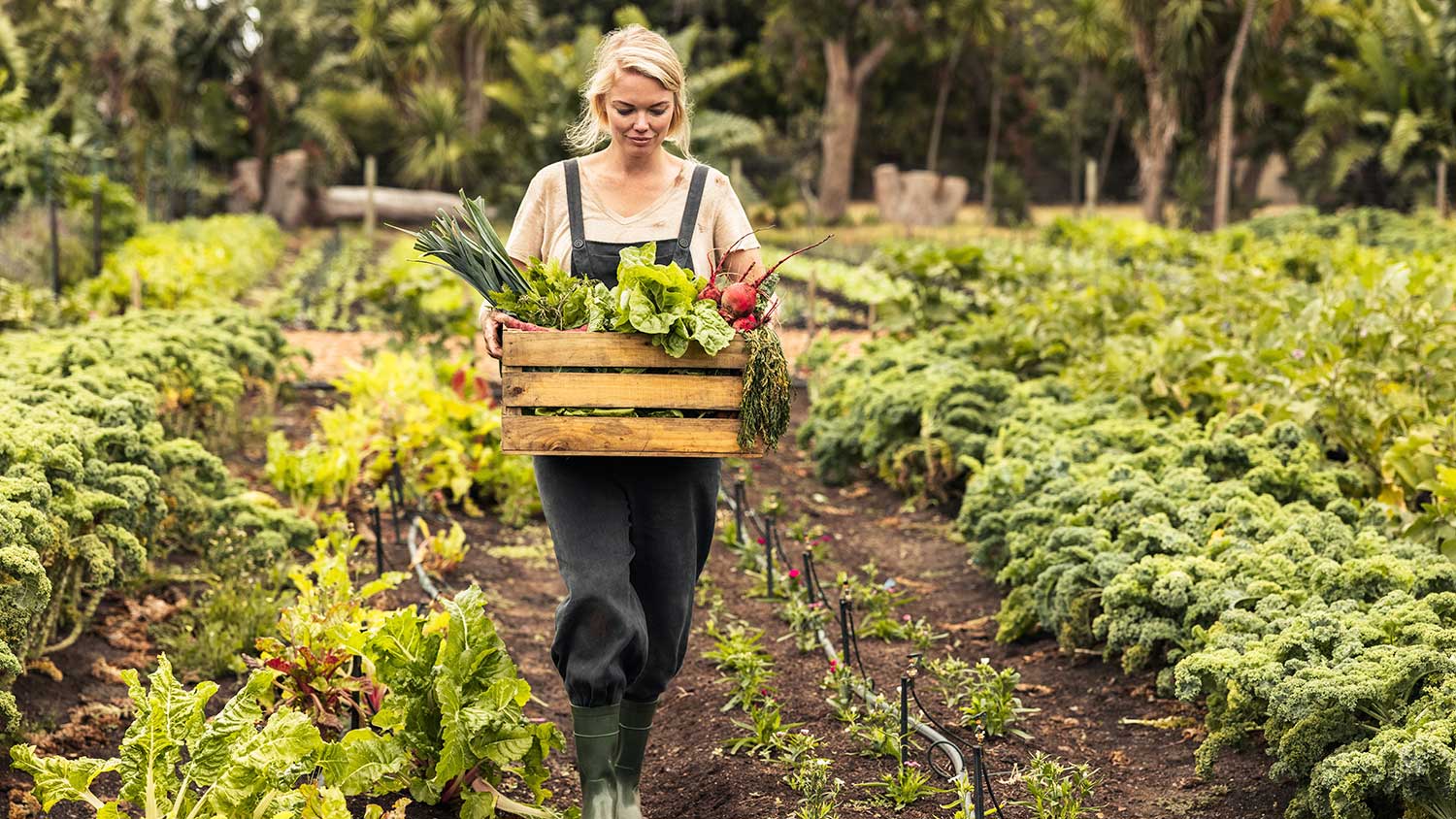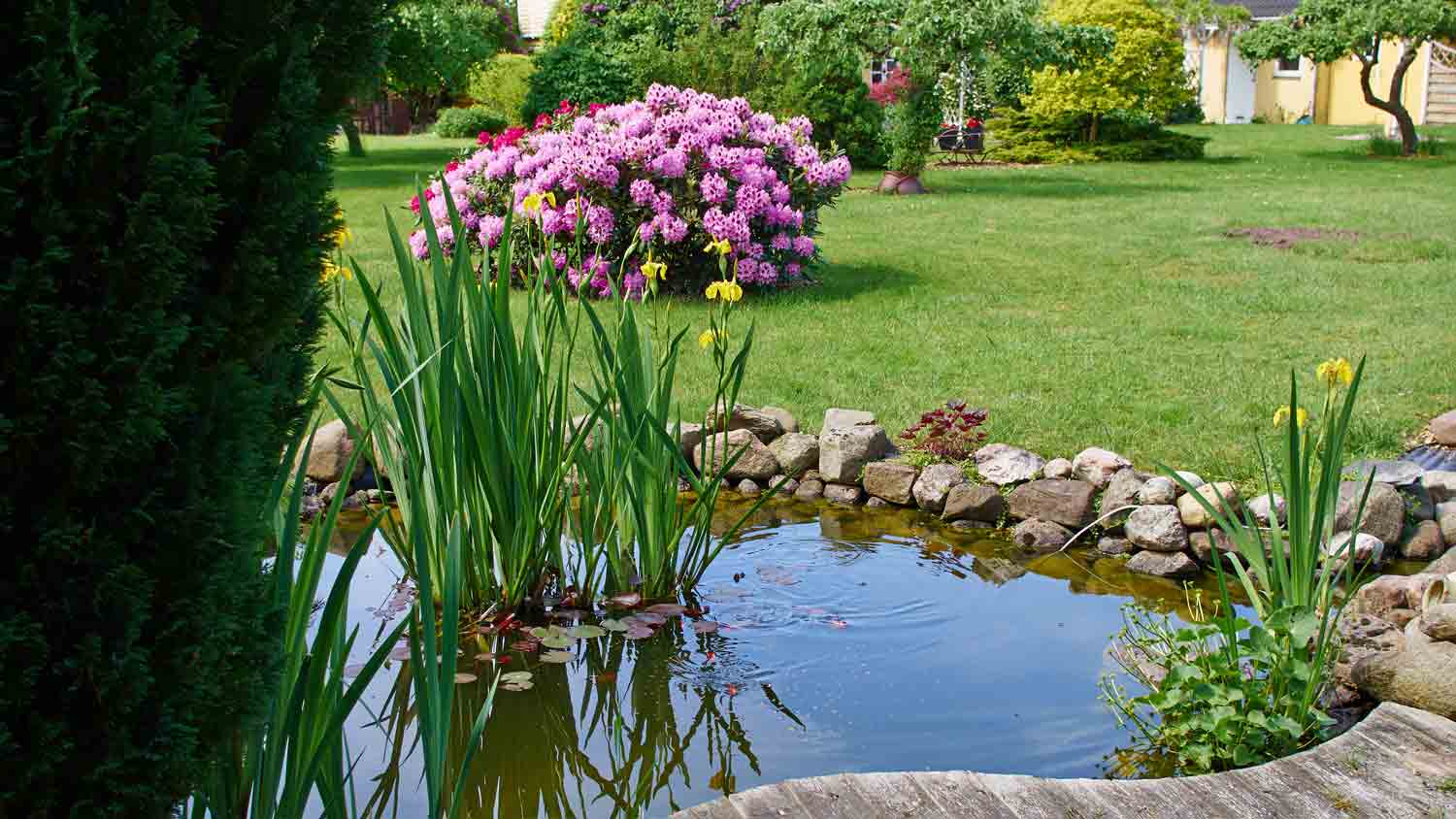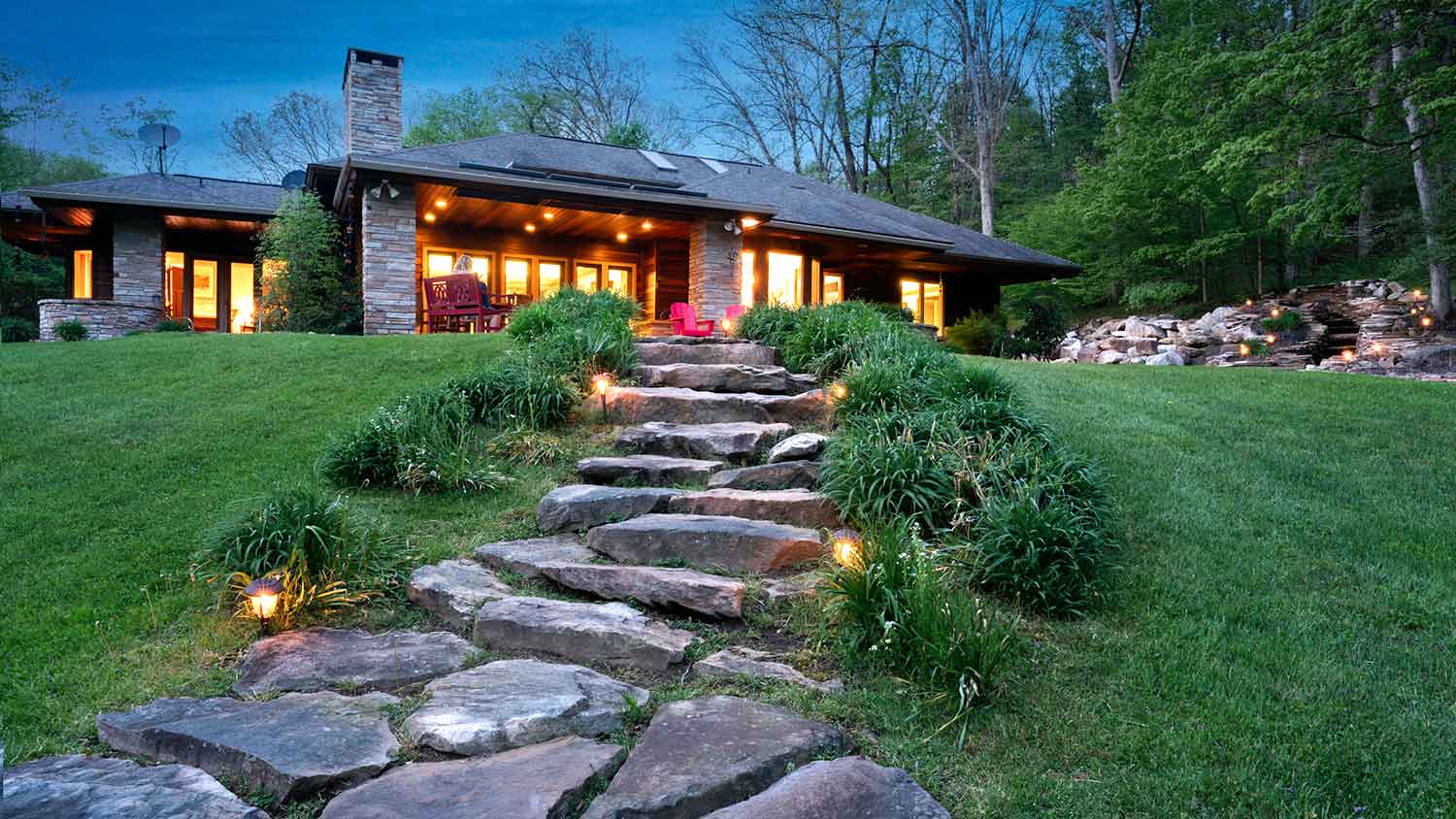
Xeriscape costs depend on materials, the size of your yard, and if you DIY. This guide will help you determine what your xeriscaping project will cost.
Sometimes, it’s better late than never


The best time to plant a garden is typically in early spring or fall.
The latest planting date depends on the species and your USDA plant hardiness zone.
Some plant hardiness zones have short growing seasons not conducive to late planting.
Cold season veggies like radishes and kale tolerate late planting.
Perennial transplants are also extremely flexible because they just need time to root.
Life gets busy no matter the season. If spring slipped by before you’ve had a chance to plant your garden, don’t sweat it. You can still grow a healthy garden in late summer or beyond as long as you know what to plant. This guide will show you the art of late garden planting—because sometimes the last second is the only second you have.
Every different plant species has an ideal environment and schedule, whether you’re dealing with veggies, flowers, herbs, shrubs, or fruit. Most of the time, you can find this information on the back of the seed packet. Though it varies based on the plant and your USDA plant hardiness zone, in most of the United States, the best time to plant your garden is either spring (to bloom in late spring or summer) or fall (to bloom the following spring). Here are some general guidelines:
Warm season vegetables: After the last frost, preferably once soil temperatures are consistently above 50 degrees Fahrenheit
Cool season vegetables: Early spring, as soon as you can work with the soil
Perennials: Early spring or fall, depending on the variety
Annuals: On or after the last frost, unless it’s a hardy variety. You can plant hardy annual seeds in early spring.
Bulbs: Fall, about six weeks before the first ground freeze
Keep in mind that each plant is different. For example, flowering annuals like alyssum and calendula will thrive if you plant them one to two weeksbefore the last frost, but your tomatoes might freeze to death if you don’t wait for warmer weather.
So, how late is actually too late? It depends on the type of weather your plant needs to thrive and how long it takes your plant to mature. You can calculate the absolute last late planting date with three pieces of information:
Maturation date: The maturation date (or estimated harvest time) of your plant is how long your plant will take to go from seed to fruit or flower. You can find this information on the back of the seed packet, and it varies from plant to plant. For example, most veggies and annuals take 50 to 75 days to mature.
Cold or heat tolerance: Know the outer limits of what weather your plant can tolerate and the temperatures it requires to flower or produce fruit. For example, spring-blooming bulbs like tulips need 12 to 16 weeks of cold weather to bloom, but other plants stop growing after the first frost.
First or last frost date: You can find frost dates in the Farmer’s Almanac. This info is how you’ll know the growing season for your particular bloom.
Once you have this information, it’s a matter of math. For example, if you have squash that takes 65 days to mature and cannot tolerate frost, you can plant it up to 65 daysbefore the first frost and still have a modest harvest. Keep in mind that you’ll probably need a little leeway. Factors like soil quality, water, and sunlight affect the maturation date. If you’re not sure, consult a gardener near you.
Each plant hardiness zone has a different growing season (the time between the last frost and the first frost) which dictates how late you can plant. As a general rule, your plant should have enough time to mature before the end of the growing season. You can find your plant hardiness zone on the USDA’s website. Though the exact date varies, keep these general growing season ranges in mind:
Zone 1: Late May to late August
Zone 2: Mid-May to early September
Zone 3: Early May to mid-September
Zone 4: Late April to early October
Zone 5: Mid-April to mid-October
Zone 6: Early April to late October
Zone 7: Late March to early November
Zone 8: Mid-March through late November
Zone 9: Expect frost sometime in January (in other words, you can grow almost year-round).
Zone 10–13: No frost, but plants will require irrigation
Remember, some zones (like Zone 1 and 2) experience extreme weather with a limited growing season. Late planting may be difficult. Even in the most hospitable climates, some plants do better late in the season as temperatures drop, while others prefer warm weather. You’ll have more flexibility with a transplant from a nursery than a seed.

If you choose the right veggie variety, you can start your garden in late spring or summer and still get a modest harvest. Cool season veggies tend to do best late in the season, though some warm season veggies are quick growers. Consider these vegetables for late planting:
Basil
Beans
Beets
Broccoli
Brussels sprouts
Cabbage
Carrots
Cauliflower
Collard Greens
Cucumber
Garlic
Green Onion
Kale
Parsley
Radishes
Squash
Spinach
Turnips
Even if you get your garden or landscaping started late, some flowers will bloom well through late summer and early fall. In fact, you can transplant perennials anytime between the last frost through autumn. If they don't flower that season, then they will the next. Depending on your zone, some of the best flowers for late planting include:
Ageratum
Alyssum
Black-eyes Susans
Cleome
Coneflower
Cornflower
Echinacea
Forget-me-nots
Hydrangeas
Iceland poppies
Marigold
Pansies
Salvia
Siberian Iris
Wallflower
Zinnia
If you miss the growing season, go for a flower that requires a good freeze. You can plant bulbs and native wildflowers in autumn for spring blooms. If you’re looking for specific blooms to spruce up your yard at specific times, consult a local landscaper to ensure you have the most optimal placement and that you plant them at just the right time.
From average costs to expert advice, get all the answers you need to get your job done.

Xeriscape costs depend on materials, the size of your yard, and if you DIY. This guide will help you determine what your xeriscaping project will cost.

Leveling your yard can help with drainage and prevent damage to your home. Learn the cost to level a yard in Columbus, OH, and what factors can affect the price.

Looking to step up your golf game without leaving your property? This guide details backyard putting green costs to help you decide if this project is worth it.

When building a pond, you’ll have to choose a pond liner, which come in various materials and sizes. So, what size pond liner do you need? Let’s break it down.

Shrubs come in a huge array of shapes and colors. Here are 25 beautiful and low-maintenance types of shrubs to consider for your landscape.

If you’re thinking about installing solar lights, you’re probably wondering how much sunlight is required for solar landscape lighting. Here’s the answer.